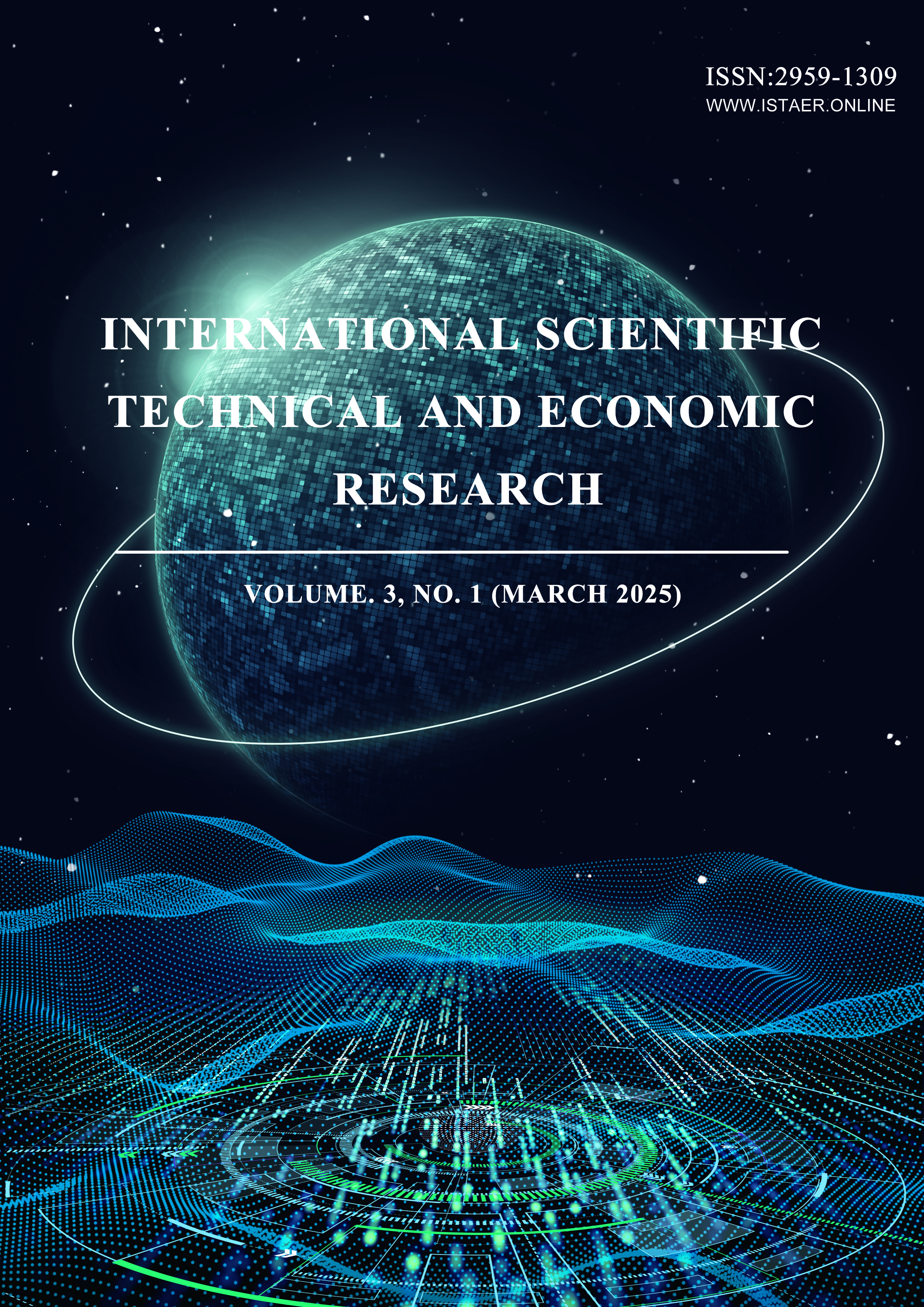Geometric Analysis of Sanxingdui Bronze Sun Wheel and Cold Mask Based on Mathematical Modeling and Image Processing
DOI:
https://doi.org/10.71451/ISTAER2513Keywords:
Geometric Features; Mass Calculation; Symmetry Recovery Techniques; Smooth CurvesAbstract
The Sanxingdui site, located in southwest China and dating back 3000 - 5000 years, is a crucial origin of Chinese civilization. Its unearthed artifacts hold great historical, scientific, cultural, artistic, and aesthetic value. This study focuses on analyzing two significant artifacts - the bronze sun wheel and the golden mask - through mathematical modeling and image processing techniques. Firstly, for the bronze sun wheel: Geometric analysis of the bronze sun wheel. It has a diameter of 85 cm. To study its geometric features, we take the center as the coordinate origin. Using Matplotlib, a mathematical model is established. The curve equations of the sun wheel and its internal rays are derived, and patterns with different numbers of rays are generated. Secondly, for the golden mask: Geometric analysis and mass calculation of the golden mask. The golden mask is approximately 23 cm wide and 28 cm high, with only half of it having been found. To analyze its features and mass, we restore the half mask to a complete mask using symmetry recovery techniques. Taking the tip of the nose as the coordinate origin, we calculate the curve equations of the “double-eye-edges” and “double-ear-edges”. Image processing tools are used to detect and extract the edges and contours, and feature points are fitted using spline interpolation to create smooth curves. The mask has a uniform thickness of 2 mm and is composed of 85% gold, 13% silver, and 2% impurities, with a density of about 18.36 g/cm³. The fitted curves are then used to calculate the surface area and volume. The surface area and mass are determined to be 2468.432 square cm and 539.865 grams respectively. These calculations provide valuable data for understanding the geometric structure and manufacturing process of the golden mask, which supports archaeological research and cultural heritage protection.
**************** ACKNOWLEDGEMENTS****************
This work is supported by ministry of education industry-university cooperative education project (Grant No.: 231106441092432), the research and practice of integrating "curriculum thought and politics" into the whole process of graduation design of Mechanical engineering major: (Grant. No.: 30120300100-23-yb-jgkt03), research on the integration mechanism of "course-training-competition-creation-production" for innovation and entrepreneurship of mechanical engineering majors in applied local universities (Grant. No.: CXKT202405), Mechanical manufacturing equipment design school-level "gold class" construction project (Grant. No.: 30120324001).
References
[1] Bagley, R., & Shang A., (1999). The Cambridge History of Ancient China: From the Origins of Civilization to 221 B.C. In M. Loewe and E. L. Shaughnessy (Eds.), 124-231. DOI: https://doi.org/10.1017/CHOL9780521470308.005
[2] P. Chen, P. (1994). The Discovery and Excavation of the Sanxingdui Site. Kaogu (Archaeology). 7(7): 623-632.
[3] Li, L.(2005). The Bronze Age Archaeology of Yunnan. Journal of World Prehistory, 19(1):1-86.
[4] Mei,J. (1999). The Cambridge History of Ancient China: From the Origins of Civilization to 221 B.C. In M. Loewe and E. L. Shaughnessy (Eds.) , Cambridge University Press, 745-791.
[5] Wang, G. N., & Tang, X. P. (2022). Research on rural emergency logistics distribution path based on simulated annealing and floyd optimization algorithm. Software Engineering, 25(12): 9-12.
[6] Yang, J., Yang, X. D., & li, L. S. (2022). Optimization of stacker crane path based on genetic simulated annealing algorithm. Logistics Technology, 41(08): 119-123. DOI: https://doi.org/10.1155/2022/7363279
[7] Hu, H. B., & Zhan, Y. L. (2018). Change characteristics of land use landscape pattern based on decision tree classification of remote sensing image. Green Technology, 24(072): 200-205.
[8] Wang, D. Y. (2021). Research on data reconstruction method of ground penetrating radar based on time series analysis. Shandong Technology and Business University.
[9] Wu, J. F. (2021). Research on anomaly detection and fault warning technology for in orbit satellites based on LSTM. National University of Defense Technology.
[10] Zhou,G. Y., Wan, S. P., & Chen.Y. N. (2022). Research on denoising algorithm for phase sensitive time domain reflectometer based on moving variance average algorithm. Journal of Instruments and Meters, 43(10): 233-240.
[11] Zhang, J. L., Guo, S. Y., & Ren, C. P. (2024). Research on personal credit rating card model based on logistic regression. Modern Information Technology, 8(05): 12-16.
[12] Du, B. Y., Gao, J. H., & Zhang, G. Z. (2024). Seismic prediction method and application of fracture density inversion for shale reservoir in-situ stress. Petroleum Geophysical Exploration, 59(2): 279-289.
[13] Zhou, Z. X., Zhen, X. J., & Liang, Y. G. (2024). Study on acoustic emission source location of ancient timber based on wavelet packet transform and cross-correlation. Shanxi Architecture, 50(9): 1-5.
Downloads
Published
Issue
Section
License
Copyright (c) 2025 International Scientific Technical and Economic Research

This work is licensed under a Creative Commons Attribution-NonCommercial-NoDerivatives 4.0 International License.
This work is licensed under the Creative Commons Attribution International License (CC BY 4.0).




